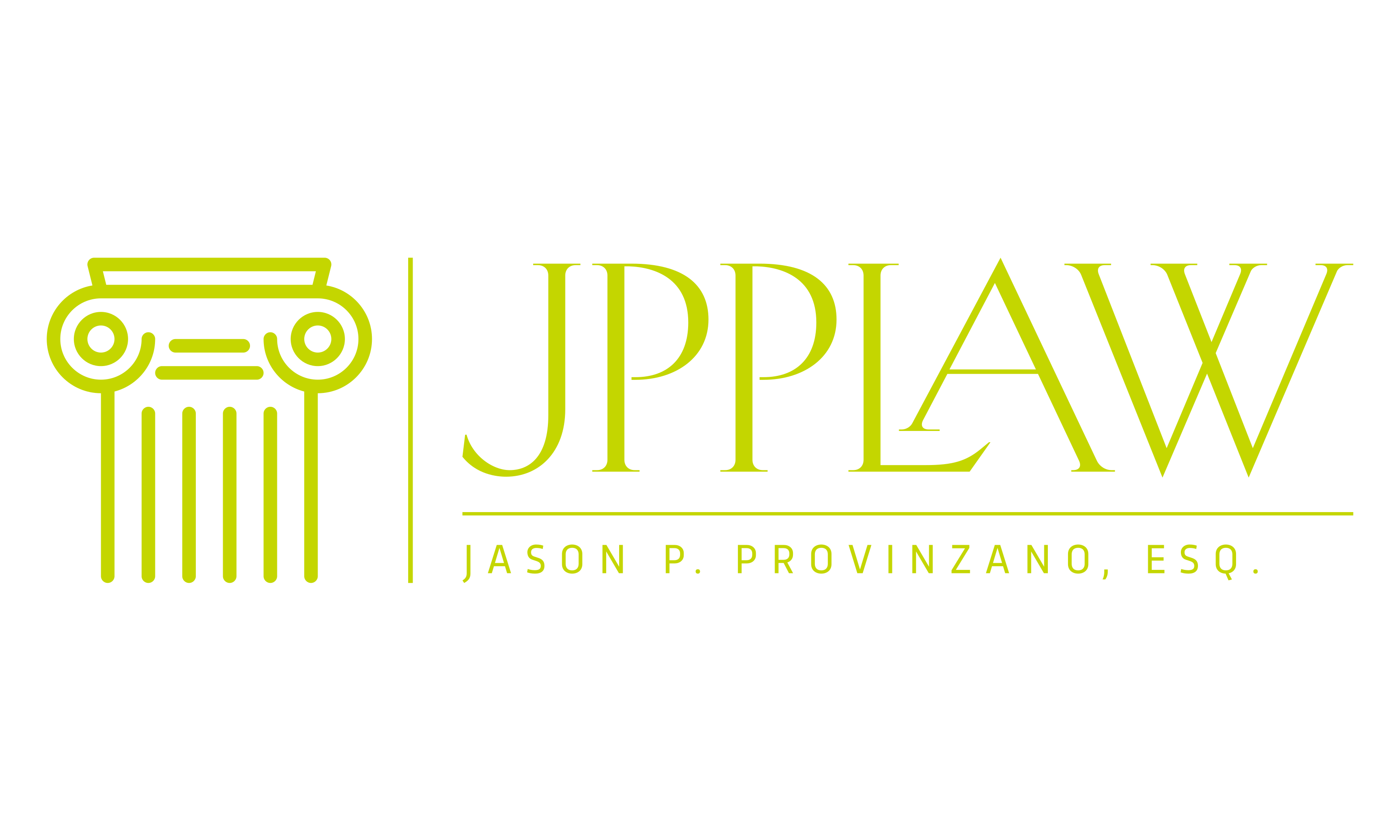The world of bankruptcy is filled with jargon that the layperson might struggle to understand. At JPP Law, we know that the decision to declare bankruptcy is often filled with much stress and feelings of being overwhelmed. So, the fact that the terminology can also be confusing only adds to the distress of the situation.
Given that, we want to take an opportunity to answer the question, “What is the difference between bankruptcy and insolvency?”
If you’ve been contemplating declaring bankruptcy, and you’re bewildered by what is meant by “bankruptcy” and “solvency,” let us help you out. We hope that you will have a clearer idea about whether bankruptcy is right for you by learning more about this process.
What Is Insolvency?
To make things as easy as we can, we’ll define each term for you separately.
Insolvency is the state of being unable to pay one’s debts. People are said to be insolvent when they have accumulated more debts than they can pay with their resources and the income they generate.
Insolvency has nothing to do with bankruptcy in and of itself. Insolvent individuals can choose to declare bankruptcy by calling a bankruptcy lawyer in Stroudsburg, PA.
That takes us into the definition of bankruptcy.
What Is Bankruptcy?
Bankruptcy is the legal process by which individuals declare their insolvency and develop a plan to pay off or otherwise eliminate their debts. Insolvent individuals work with lawyers and the government to sell off assets or have certain debts forgiven. This is all meant as a way to help people become debt-free and reclaim freedom over their finances.
Many people use the term “bankrupt” to mean they have no money left to pay debts, but people are bankrupt only when they have officially filed for bankruptcy.
Bankruptcy is a somewhat complicated procedure for people to understand, and not only because of the rules that accompany the different types of bankruptcy. Bankruptcy of any kind necessitates the individual (or business) to go through several steps together with the bankruptcy lawyer and others.
Some of those steps include:
- Communicating with an appointed trustee, who will manage the debtor’s estate during bankruptcy
- Completing necessary paperwork listing financials and other information
- Developing a plan for repaying some debts, including by selling assets
- Having some debts discharged
Every bankruptcy filing is different, but you should know that it will probably take several months for the process to complete. Once people go through bankruptcy, their insolvency ends, and they become solvent once again.
Let JPP Law Help You Reclaim Your Financial Freedom
We hope the definitions of bankruptcy and solvency have helped you understand a bit more about the bankruptcy process we work with every day at JPP Law.
We understand this is likely a time of great anxiety for you. But we want you to know that declaring bankruptcy is a courageous decision. It will help you reclaim your financial freedom, and we will be there with you every step of the way.
Contact JPP Law today to consult with us on your situation, and let us become your partner in this.


